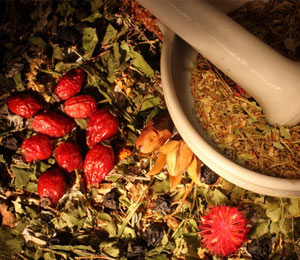Herbal Medicine

Treatment Regime
- Consultation
- Differential Diagnosis
- Herbal Medicine Treatment
Plants had been used for medicinal purposes long before recorded history. Ancient Chinese and Egyptian papyrus writings describe medicinal uses for plants as early as 3,000 BC. Indigenous cultures (such as African and Native American) used herbs in their healing rituals, while others developed traditional medical systems (such as Ayurveda and Traditional Chinese Medicine) in which herbal therapies were used. Researchers found that people in different parts of the world tended to use the same or similar plants for the same purposes.
In the early 19th century, when chemical analysis first became available, scientists began to extract and modify the active ingredients from plants. Later, chemists began making their own version of plant compounds and, over time, the use of herbal medicines declined in favor of drugs. Almost one fourth of pharmaceutical drugs are derived from botanicals.
Recently, the World Health Organization estimated that 80% of people worldwide rely on herbal medicines for some part of their primary health care. In Germany, about 600 - 700 plant based medicines are available and are prescribed by some 70% of German physicians. In the past 20 years in the United States, public dissatisfaction with the cost of prescription medications, combined with an interest in returning to natural or organic remedies, has led to an increase in herbal medicine use.
The herbal formulas consist of four categories of herbs: ministerial, deputy, assistant, and envoy. The ministerial herb addresses the principal pattern of the disease. Deputy herbs assist the ministerial herb or address coexisting conditions. Assistant herbs are designed to reduce the side effects of the first two classes of herbs, and envoy herbs direct the therapy to a particular part of the body. The herbs in the formulas are selected to enhance and balance one another while targeting both the symptoms and the underlying cause(s) of the condition.



